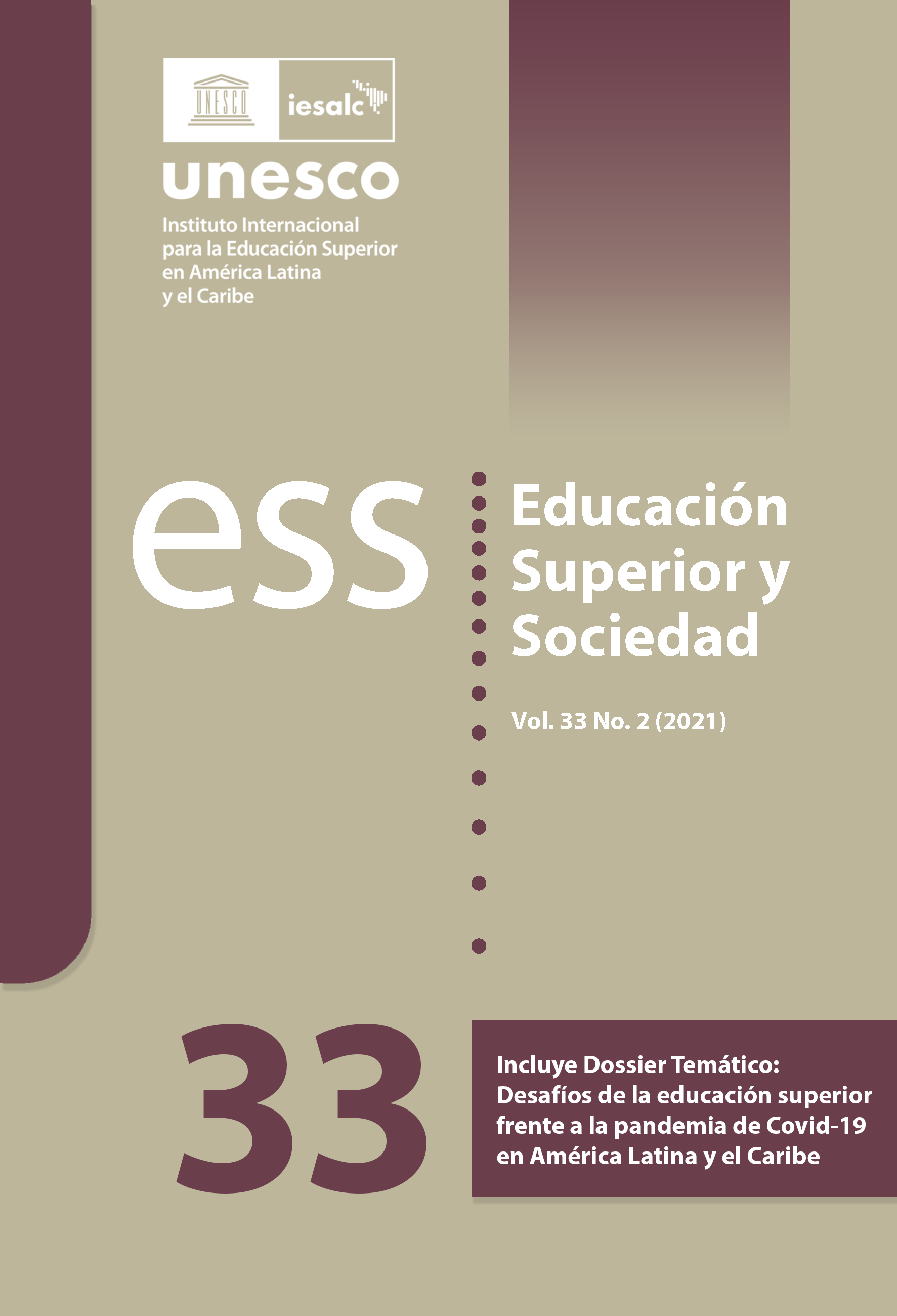Higher education, indigenous peoples and Afro-descendants. A reading about affirmative actions in Brazil and university ethno-education in Colombia
Abstract
At the end of the 20th century, the issue of cultural diversity and education gained relevance in many areas of the Colombian university life. Programs, research groups and even undergraduate programs emerged to address the issues of interculturality, cultural difference, and educational inclusion. Indigenous university students and from Afro-descendant communities (black), now recognized as “ethnic groups” (GE), were received in some higher education institutions (IES) at the end of the 20th century and the beginning of the 21st, under the differential approach. Currently, higher education policies in the continent have very important experiences in different countries. This article seeks to address two relevant experiences in the case of Brazil and Colombia. The first scenario deals with affirmative actions and university openings for black peoples in the country with the largest Afro-descendant population in Latin America. In the second scenario, university ethno-education is analysed as a process that covers teacher training from a model of cultural control and access for indigenous and Afro-Colombian students. In this article we want to offer a reading on the impacts and lessons learned in Brazil and Colombia as experiences of transformation of the Latin American university.
Copyright (c) 2021 Elizabeth Castillo Guzmán, Anny Ocoró Loango

This work is licensed under a Creative Commons Attribution-NonCommercial 4.0 International License.
Copyright notice
Copyright allows the protection of original material, and curbs the use of others' work without permission. UNESCO IESALC adheres to Creative Commons licenses in the open access publication of ESS. Specifically, texts published in this journal are subject to a Creative Commons Attribution-NonCommercial 4.0 International (CC BY-NC 4.0) license: ESS is an open access journal, which means that all content is freely available to the user or their institution. Users may read, download, copy, distribute, print, search or link to the full text of the articles, or use them for any other lawful purpose, without asking prior permission from the publisher or the author, always making sure to cite the author. Commercial use is not permitted. ESS requires authors to accept the Copyright Notice as part of the submission process. Authors retain all rights.
The full license can be found at https://creativecommons.org/licenses/by-nc/4.0/
 Attribution - NonCommercial (CC BY-NC 4.0)
Attribution - NonCommercial (CC BY-NC 4.0)
This journal does not charge authors for the submission or processing of articles. The authors of the contributions will receive acknowledgment of receipt that the work has reached the Editorial Team of the Journal.




